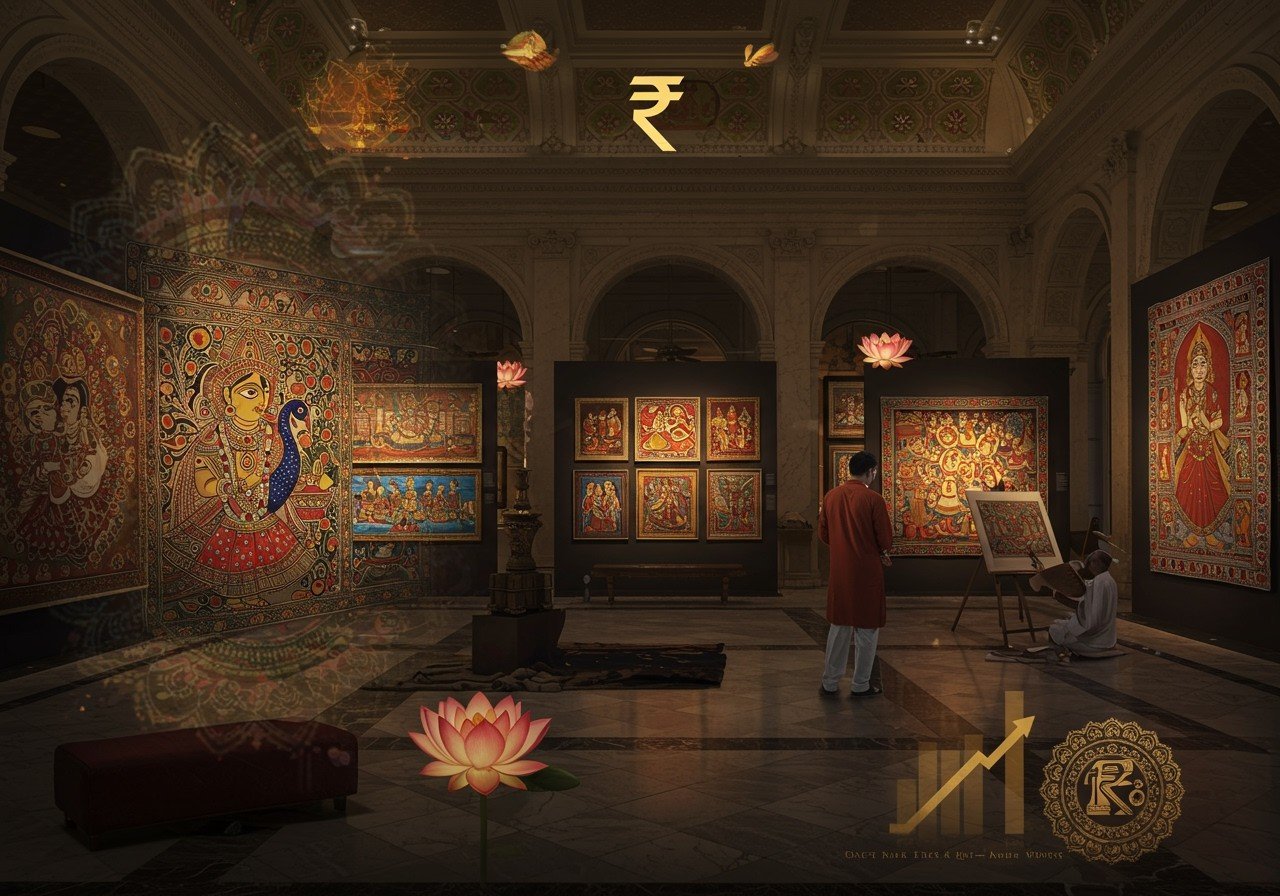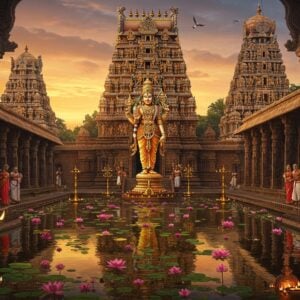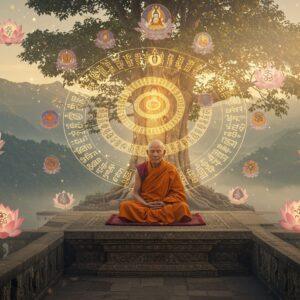Investing in Indian Art: A Thrilling Journey

The world of Indian art is rich and colorful, offering both cultural depth and investment potential. It’s a space where tradition meets modernity, and economic growth fuels creativity. Let’s explore how you can navigate this exciting market.
Market Growth & Potential
- Growing Market: The Indian art market is experiencing substantial growth, demonstrating a remarkable upward trajectory over the past decade. This expansion reflects increasing global interest and the growing recognition of Indian artists.
- Economic Factors: India’s robust economic performance and the rise in disposable incomes contribute significantly to art’s appeal as an investment. More people have the resources to invest, driving demand.
- Global Recognition: Indian artists are gaining greater global recognition, boosting the market’s momentum and attracting interest from collectors and institutions worldwide, particularly in Europe, the US, and the Middle East.
Key Considerations Before Investing
- Understanding the Market: Familiarize yourself with art market trends and individual artists. Engage with art consultants or curators for personalized guidance and insights.
- Diversification: Diversify your investments across different art forms, periods, or artists to mitigate risk. Don’t put all your eggs in one basket—explore a range of styles and artists.
- Authenticity: Verify the artwork’s authenticity through certificates, provenance checks, and expert opinions. Authenticity is paramount in the art world.
- Insurance: Protect your investment by insuring your art collection against potential damage or loss. This safeguards your valuable assets.
- Liquidity: Be aware that art is not a highly liquid asset. It may take time to find a buyer at your desired price. Patience is a virtue in art investment.
How to Approach Art Investments
- Auctions: Auctions are a popular platform for acquiring art, with renowned houses like Christie’s and Sotheby’s holding exclusive Indian art auctions. These events can be exciting and competitive.
- Art Galleries: Galleries showcase works by both emerging and established artists. Visiting galleries provides a firsthand look at the art and allows interaction with gallery owners.
- Online Platforms: Social media and online platforms have broadened artists’ reach and fueled interest in Indian contemporary art. Digital auction houses are also making art more accessible to a wider audience.
Investment Options & Strategies
- Emerging vs. Established Artists: Investing in emerging artists can offer substantial returns, but also carries higher risk. Established artists may provide more stable, though potentially lower, shorter-term returns.
- Diversify Across Categories: Consider investing across various categories, including modern, post-modern, contemporary, and pre-modern art. Explore different eras and movements.
- Specific Art Forms: While paintings are consistently in demand, sculptures are gaining popularity. Antiquities and miniature paintings also offer unique investment opportunities.
Notable Trends
- Millennial Influence: Millennials are increasingly viewing art as a viable investment, driving interest in digital art and new platforms for buying and selling. This demographic is reshaping the art market.
- Digital Art: Non-fungible tokens (NFTs) and digital art are gaining traction, offering new ways to own and trade art. This is a rapidly evolving area of the art market.
Market Performance & Statistics
- Turnover Increase: The Indian art market demonstrated strong performance with a turnover of $144.3 million in FY23, with 3,833 artworks sold. This indicates a healthy and growing market.
- Growth in Sales: Sales by the top 50 artists reached Rs 301 crore in 2024, a 19% increase from 2023. This highlights the strong demand for established artists.
- Auction Market Expansion: The Indian art auction market has nearly doubled in the past five years, reflecting robust demand and growing interest in Indian art.
Key Indian Artists
Records at auction are constantly being reset, so checking current data is important. Some historically significant and top-selling Indian artists include:
- M.F. Husain
- Amrita Sher-Gil
- S.H. Raza
- Tyeb Mehta
- V.S. Gaitonde
- F.N. Souza
Risks & Challenges
- Niche Market: Indian art is still considered a niche market. While this presents opportunities for acquiring art at relatively lower prices compared to Western art, it also implies specific market dynamics.
- Market Volatility: The art market can be volatile, subject to fluctuations in demand and trends. Staying informed about art market news and developments is crucial for navigating these changes.
By carefully considering these aspects, you can experience both the cultural richness and potential investment rewards of Indian art.
Explore Authentic Indian Art at Poojn.in
Discover a curated collection of Indian art, including traditional paintings, sculptures, and more at Poojn.in. Find unique pieces that resonate with your aesthetic and investment goals.
Poojn.in, India’s leading online store for cultural goods and services, offers a wide selection of authentic Indian art pieces. Explore our diverse collection and find the perfect addition to your home or investment portfolio. Shop now at Poojn.in.
Discover the beauty and cultural significance of Indian art. Begin your collecting journey today with Poojn.in.


